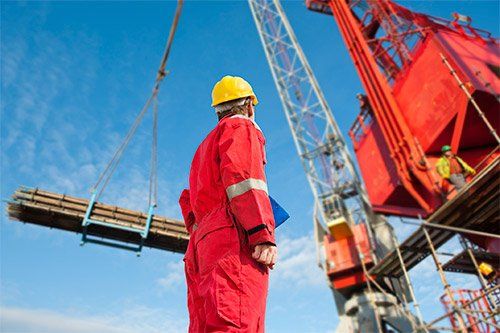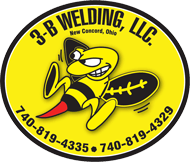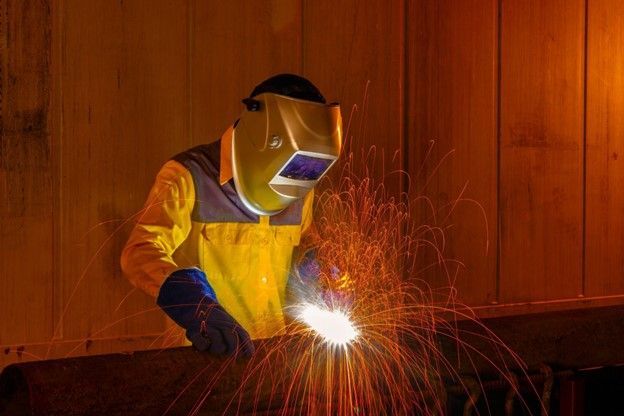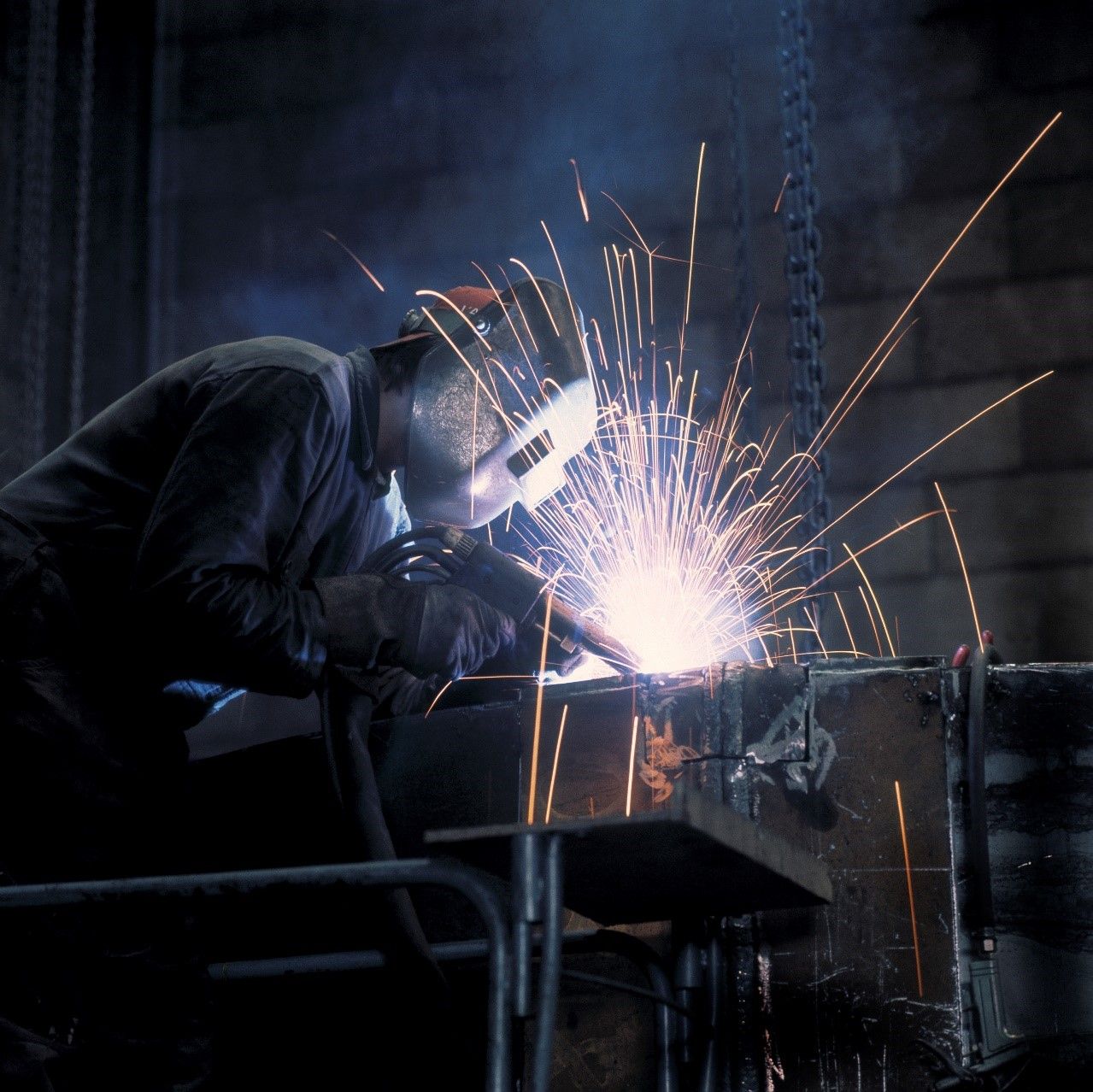3 Vital Crane Safety Procedures to Protect Your Crew
Admin • October 31, 2018

According to Bureau of Labor Statistics, from the years 2011 to 2015 there were 220 crane-related fatalities. Recently, a crane accident
that injured a man and killed another may have occurred because the crane was set up on wet ground.
Such an easy mistake happens when operators don't heed necessary safety practices. Cranes are the workhorses on the construction site. However, not operating a crane with respect and caution can ultimately lead to injuries. Protect yourself and your crew with these vital crane safety procedures.
1. Inspect Your Crane
Cranes should be properly inspected by a maintenance team periodically to make sure they are compliant with OSHA safety guidelines. Do a pre-operational crane inspection at the beginning of every shift to ensure that it can be operated safely.
Check the labels on the hoist to be aware of any operational warnings that should be followed. Make sure there are no corroded, loose, or frayed wires which could fail during operation.
Inspect the hoist hook to ensure that the latch opens and closes securely and that the pin is properly secured to the chain. Watch out for kinking, corrosion, abrasions, heat damage, or weld spatter on the links of the chain, which could cause it to break under the stress of a heavy load.
Check your hoist's rating to ensure that you're not trying to lift more than the crane can handle. Check your oil, gas, and hydraulic fluid levels as well to make sure that they are adequate enough to handle the job.
2. Inspect Your Surroundings
Walk around the crane and check for any obstacles that could impede your path. Make sure the ground is suitable to support the weight of the crane and the future load.
Observe any power lines that you could come into contact with during operation. Always assume that they are live and maintain a safe distance and speed when working around electrical lines. If the job site requires that you work near power lines call the electric company to request that the lines be temporarily de-energized or insulated.
Outriggers are mandatory for safety. Outriggers provide a solid foundation for the crane to be stabilized during operation. Without outriggers, a crane could easily tip over and crush its driver. Even a smaller load requires outriggers, since the crane would become unbalanced as the load rises.
Avoid setting up your outrigger pads over slumps or indented areas. These pads should be applied over compact, dry, and level surfaces in order to provide the stability that is required to operate safely.
3. Inspect Your Load
Balance your load properly and secure it so that nothing can slip out and cause damage or injury. Keep your chains straight when lifting to avoid damaging the hoist.
Overloading a crane can cause devastating effects. Therefore, instead of relying on intuition, make sure to abide by the weight capacity of the crane. Weigh the load prior to lifting it to make sure you use a crane that is able to safely carry the load without breaking under the pressure.
Also, never leave a load suspended in the air because if the load snaps and injures someone you may be liable under OSHA guidelines. When you leave the crane you must make sure that all loads are landed. The crane should be secured and locked so that it is disengaged and unable to travel. Crane booms should be lowered to the ground and secured safely to prevent displacement due to wind.
When carrying a load make sure that you never allow anyone to walk under it in case the load falls inadvertently. Make sure that you're always aware of your surroundings, and give your full attention to your job for the safest outcome possible.
At 3-B Welding, LLC., we understand that purchasing and maintaining a crane is a major investment. That's why we bring our mobile crane services
to you. Contact us today and allow our experienced crew to do the heavy lifting for you.

Dive into the latest innovations in welding technology, including advanced arc welding, laser welding, ultrasonic welding, and hybrid techniques. Learn how automation, smart welding systems, and virtual reality training are transforming the industry by enhancing precision, efficiency, and safety in welding processes.
If you are embarking on a construction project, read our blog to learn the benefits of working with a mobile crane service for your heavy lifting needs.
Read this informative article to learn how Gas Metal Arc Welding (GMAW) plays a pivotal role in commercial projects across various industries.
Welding services play a pivotal role in agricultural industries. Read our blog to learn how you can utilize welding services on your farm.
Understanding and reading crane load capacity is paramount in ensuring safe and efficient lifting operations. Read on to learn more.
Damage to oil field drills can cost you money through lost revenue and repair or replacement costs. Read on to learn more helpful preventative measures.









